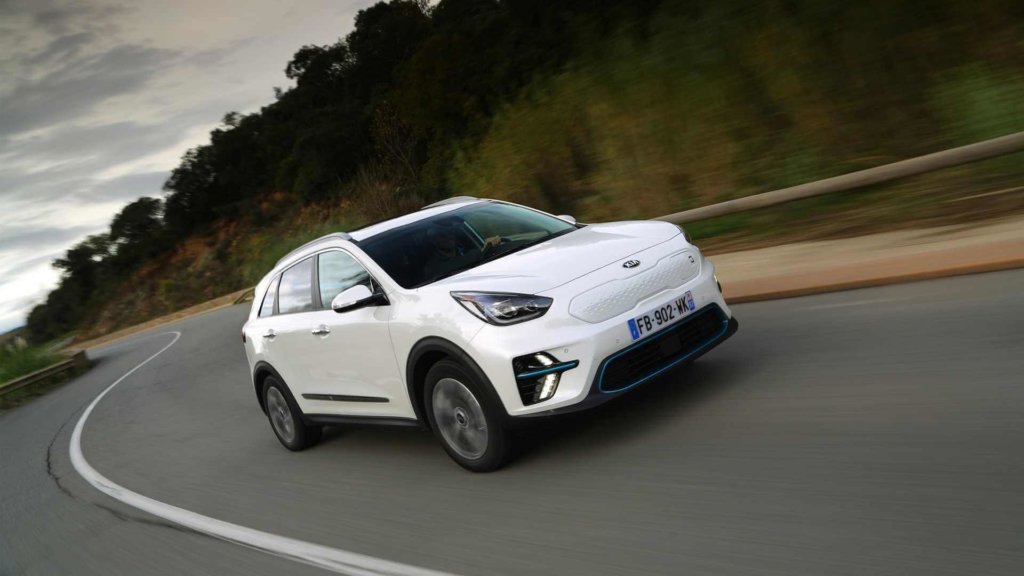
Towards increasedrange for electric cars
After price, range is one of the most important criteria when it comes to buying your future electric vehicle. For an electric car, range is the sinews of war!
According to a study by AVERE (Association Nationale pour le Développement de la Mobilité Électrique)60% of French people would be tempted to switch to electric vehicles, but only if the car could reach 500 km. Another 40% would like to go even further on a single charge. What's more, for more than half of those surveyed, insufficient range is still a barrier to purchase, ahead of the price (41%). But what's the reality?
Well, well, well! Today, the electric car is at the heart of automakers' strategy, as it represents the future of the sector. From 2021, cars sold in the European Union will have to emit no more than 95g of CO2 per km, compared with 130g/km today. What's more, from 2040, the sale of combustion-powered cars will be banned in France. Carmakers are therefore betting on the electrification of their ranges, enabling the sector to grow from strength to strength and bring more choice to users.
With ever more efficient batteries, the range of electric cars is also improving. Depending on model and make, you'll find cars with ranges of between 150 and 600 km in the WLTP cycle, or around 100 to 500 km in real life. These different ranges can be used for a wide range of everyday journeys, even if long-distance travel may be problematic for models with low ranges.
Want to know more about range? We've put together a Top 10 list of the electric cars with the longest range.
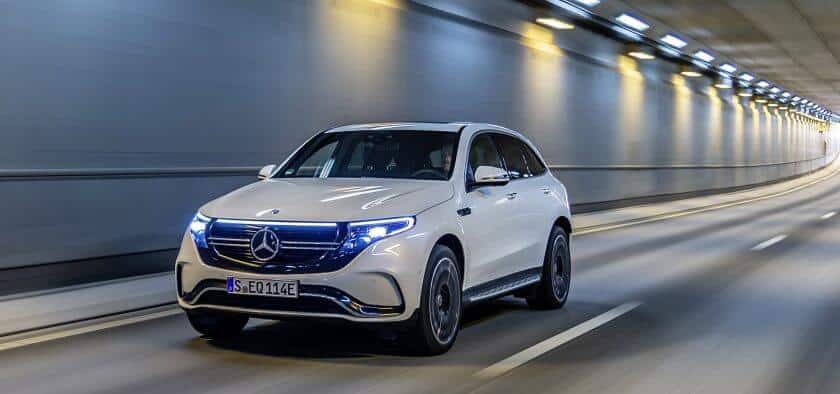
Charging stations springing up by the millions
There are almost 30,000 charging points spread across some 7,000 charging stations in France by 2020.
But we're not stopping there, since the French Energy Transition Act calls for no less than 7 million electric charging stations installed by 2030.
A reassuring objective for all those who, like you, are thinking of going on vacation with their electric car.
100,000 charging stations to be installed by 2021
It's true that one of the arguments against buying an electric vehicle is battery recharging. battery. Firstly, the number of charging points is too low. Secondly, the recharging time can be long, depending on the terminal and the charging power accepted by the car. But this is about to change!
During his visit to the Valéo plant in Étaples, Emmanuel Macron presented his recovery plan for the automotive sector, which has been hard hit by the economic crisis. Covid-19.
In which, he announced a national deployment plan for recharging stations, with the aim of having of 100,000 charging stations installed throughout throughout France. They will be located in towns and cities, in condominiums, on major roads and, of course, on freeways.
Emmanuel Macron wants to install fast-charging stations spaced no more than 150 kilometers apart. In this way, even so-called urban vehicles will be able to get around more easily.
These 100,000 charging stations will be ready to welcome users by the end of 2021, in one of Europe's most ambitious plans for clean vehicles.
To discover all the new features of the stimulus plan, we suggest you take a look at our article on the ecological bonus.
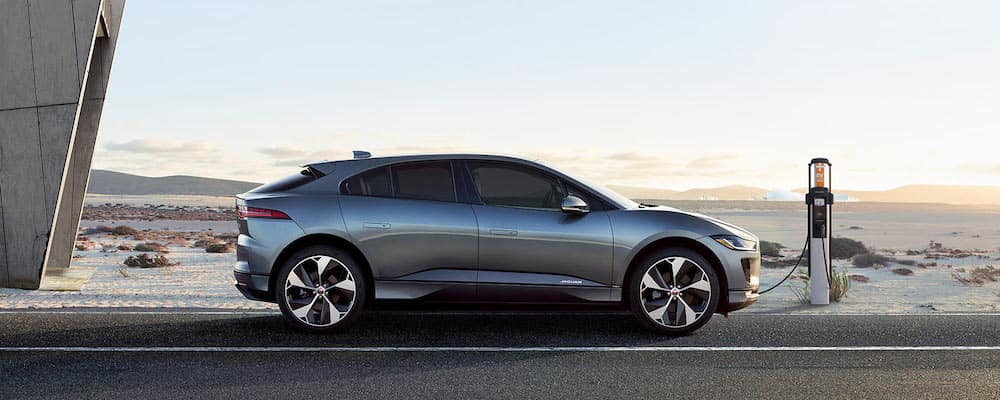
Tips for a successful electric car vacation
With vehicle range increasing and the network of charging stations expanding considerably, more and more drivers are planning to take their electric cars on vacation. Here are a few tips for successful journeys!
Locate charging stations
Before you set off, make sure you know where the charging stations are so you can adapt your itinerary to them. It couldn't be simpler: locate the nearest charging stations by downloading the ChargeMap application on your smartphone, or very soon on your IPhone or on Google Maps.
That's right, Apple will be adding a routing feature to Maps for electric vehicle owners. The routing function for electric cars will be available in the latest version of iOS 14.
This new feature aims to eliminate range anxiety and the fear of running out of fuel by showing charging stations compatible with the user's electric vehicle.
For its part, Google announced a few months ago that it had added a new feature listing easy-to-use recharging points on the Google Maps application. For the time being, the feature has not yet been released in France, but is being rolled out in the USA, UK and Australia.
Departure time
During vacation periods, the time of departure is often important to avoid traffic jams. It can also be important to avoid getting stuck in a queue at charging stations. In this respect, it's good to know that free fast-charging stations are not necessarily the least reliable or the least maintained. But they are the first to be taken by storm.
Choose fast or accelerated charging stations
To shorten your journey time, you need to limit the time it takes to charge your electric car. To do this, use fast or accelerated charging stations, depending on your vehicle's capacity.
As far as possible, avoid using fast-charging stations if your vehicle is not capable of charging at maximum power.
Check access to charging stations
Reaching the right charging station is great, but being able to recharge is even better! That's why it's essential to check the access times if it's not a public charging station.
Another important point to check is the authorized means of access to the charging station. While the majority of public charging stations in France are compatible with the Chargemap Passthe majority of public charging stations in France are compatible with the Chargemap Pass, but there are still some that require a specific access badge or subscription.
This is particularly true abroad, where you'll need to make sure you have the right badge. If not, it's often possible to launch the recharge via your smartphone and a suitable Internet connection.
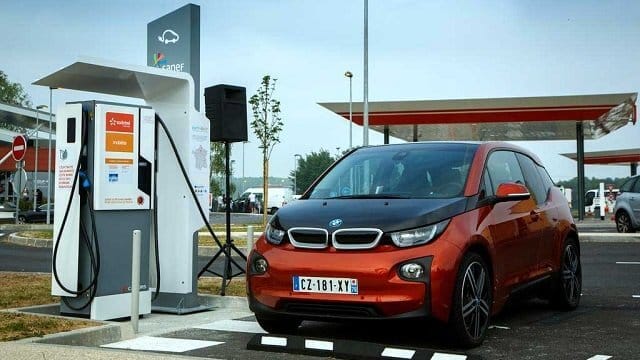
Prepare for the unexpected
The success of a long journey in an electric car lies in its preparation. You need to anticipate unpleasant surprises as far as possible.
To do this, whenever possible, plan to stop at recharging points equipped with several charging stations. They're still rare, but it helps to avoid risks.
Failing that, take a look at the other charging stations available near your charging point. Always plan to arrive with a battery level of at least 20%, so as to be able to cope with any recharging difficulties once you're there.
Take care of your vehicle's fuel consumption
As far as possible, avoid anything that affects the aerodynamics of your vehicle, especially roof boxes, which can increase fuel consumption by between 15% and 30%!
Even if the impact on range is less, pay attention to the weight of your vehicle with luggage. An overloaded vehicle inevitably consumes more fuel.
What's more, during the journey, if you're a little short between two recharging stages, you can also decide to reduce your speed a little on the freeway to consume less. Going from 130 km/h to 110 km/h has a considerable impact on your car's fuel consumption.
Choose a location equipped with charging stations
Once you've arrived at your destination, there's no doubt you'll want to make the most of your electric car right there on the spot! For greater comfort, choose a guesthouse, hotel or campsite equipped with recharging outlets.
T3 sockets
More and more fast charging stations are being used for a good part of the day by many electric cars, on T2 sockets. To avoid waiting, be smart: get a cable with a connector for T3 sockets, which are much less used, yet often present on these infrastructures.
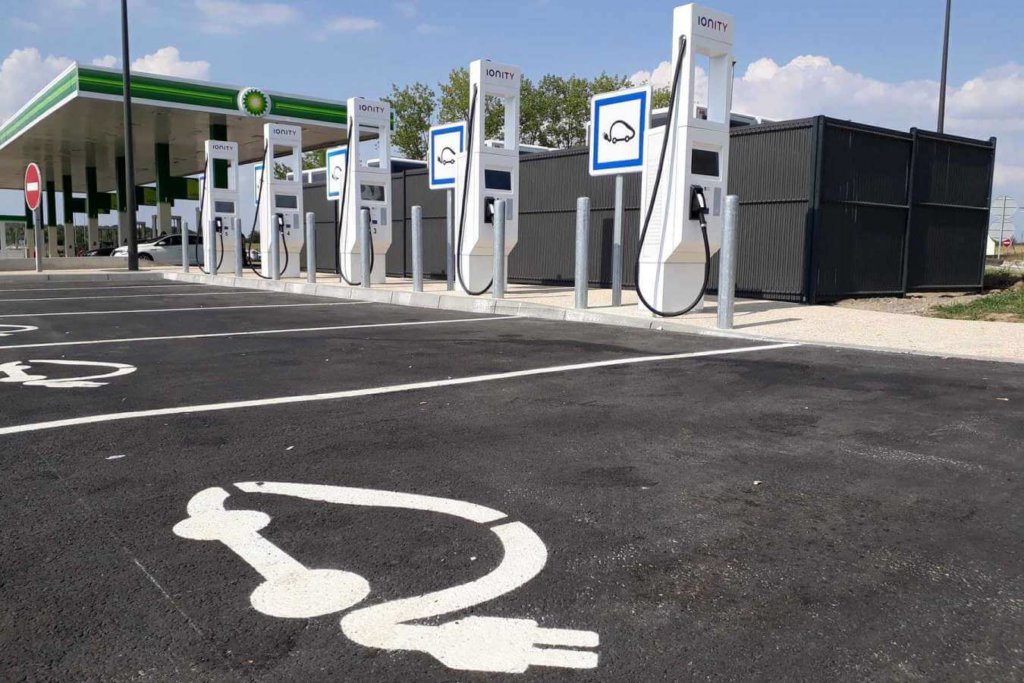
Now you know that, with a little preparation, it's possible to go on vacation in an electric car. You can even stop off in pleasant places to recharge and enjoy your trip in a different way. We hope you find our tips useful!
Beev offers multi-brand 100% electric vehicles at the best prices, as well as recharging solutions.
































